After 3GPP released the first version of the 5G NR standard at the end of last year, global mobile operators competed to release 5G chips, antennas, interoperability test results and partnerships, paving the way for large-scale 5G network trial operation and commercial deployment.
With the first version of the 5G New Wireless (5G NR) Release 15 standard set at the end of December last year, telecom operators and technology suppliers from all over the world gathered at this year's World Mobile Communications Conference (MWC 2018) to compete Its 5G chips, antennas, interoperability test results, new partnerships, and 5G commercial deployment plans.

However, behind all the good visions of weaving, it is clear that American cellular operators who must rely on the millimeter wave (mmWave) band to deploy their 5G networks are facing a series of unprecedented design, verification and implementation issues.
Michael Griffin, strategic planning manager for communications at Keysight Technologies, said: "For the radio frequency (RF) Cellular band below 6 GHz, we only need to pay attention to the signal quality." Now using 5G millimeter wave, "We are the most The first thing to worry about is where the signal is."
The 5G millimeter wave band still has problems such as high propagation loss, directionality (direcTIvity), and sensitivity hindrance.MediaTek President Joe Chen said in an interview with EE TImes: "We are investing heavily in 5G." He added, "Although it was behind in the 4G era, since then we have been The data engine team has done a lot of work and should be able to meet the advanced 5G technology requirements."
This is simple to say, but the 5G millimeter wave system and chip design requirements are very different from 4G. Due to the highly directional nature of the signal and the higher losses, vendors must develop multiple antennas.
Chen Yizhou said frankly that it is easy to lose signals depending on how the user takes the phone, how close he is to his head, or whether he is talking while on the phone.
For the mobile industry, it is imperative to master the knowledge of RF design and to make a more strategic layout of the antenna array inside the phone.
Intel (Intel) demonstrated the first 2-in-1 concept PC (PC) with 5G technology at MWC. Some visitors were surprised by their rare antenna layout. Intel has integrated two large antenna modules consisting of 4 x 4 components on the back of the PC prototype.
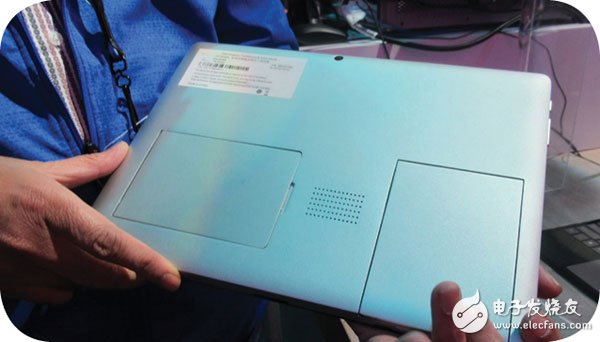
Baljit Singh, director of advanced device technology at the Intel Communications and Devices Group, stressed that this is just a prototype. He said that Intel has been learning how to optimize the design and layout of phased antenna arrays. If one of the antenna blocks loses the signal, the software triggers the dynamic switching signal to receive another antenna array block. Singh said: "This is not an unsolvable problem. We are developing a variety of solutions for this."
How many antenna components should each array use (4&TImes; 4, 8 & TImes; 8 or more?), how many antennas should be installed (2 or more?) and should be added to the PC or mobile phone (side or back?) Where is the location? There are currently no textbooks for best practice. According to MediaTek, the antenna array will inevitably compete with the battery for space. This information will become the know-how of system designers who want to use this knowledge to differentiate their products.
Griffin of Keysight pointed out that the challenge of 5G millimeter wave makes testing more complicated. He said that not only the final 5G system must be tested, but the RFIC also has to pass the test requirements.
Because the antenna and RFIC are tightly integrated into the 5G millimeter wave architecture, engineers cannot test the performance of the RFIC through electrical connectors. Therefore, chip designers must perform over-the-air (OTA) testing before design, but this is something they have never done before.
Griffin added that the 5G millimeter wave also brings new "beamforming and beam steering". Depending on the availability of the signal (is there enough 5G small base stations?), the 5G system must be able to utilize the main beam or switch to side lobes to increase signal strength and link budget. Griffin emphasized that this beamforming and beam steering mechanism complicates 5G testing.
Next, we will share the new 5G solution observed in MWC 2018, and hope to help readers quickly grasp the latest developments of 5G.
In the 5G era, you may often be asked: "Are you taking a 5G smartphone?"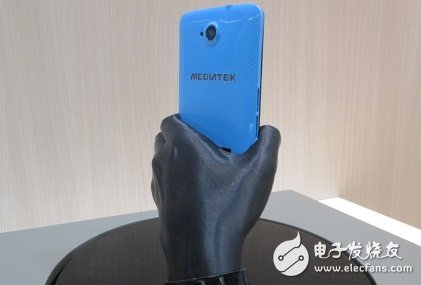
The designers of 5G mobile phones noticed that consumers use mobile phones in a very different way. Since the 5G millimeter wave RF signal is very sensitive to obstacles, including the user's hand, head or nose, it may inadvertently block signal transmission.
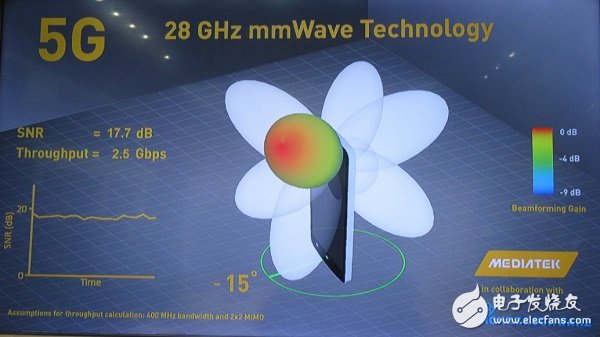
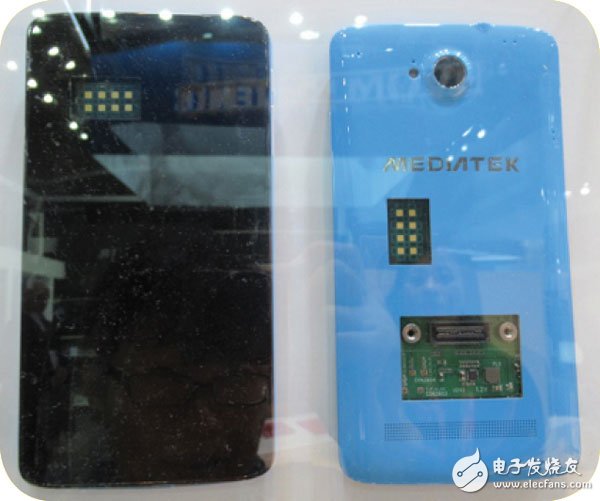
The 5G millimeter wave signal is not static; beamforming can vary continuously. The phone requires a set of antenna elements that receive 5G millimeter wave signals. For example, MediaTek added two 2 x 8 antenna elements to the 5G prototype shown at MWC. The larger the antenna array, the better the reception effect. But the antenna must compete with the battery in a tightly packed phone.
Huawei (Huawei)Huawei's focus on MWC this year is related to 5G client devices (CPE).
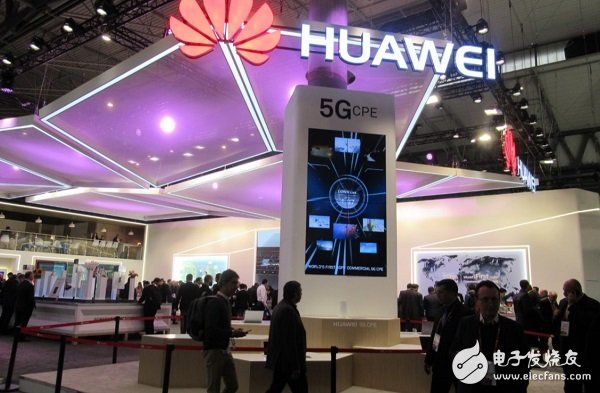
The company has released a 5G modem chip called the Balong 5G01, which is said to support all 5G bands, including sub-6GHz and millimeter waves, to provide a complete 5G solution for a variety of applications.
Huawei's demonstration includes 5G mobile Wi-Fi, 5G CPE and 5G data machine chips. Given the size of the Huawei Balong 5G01 chip, it may be better suited to integrate into hotspots than in 5G handsets. Its size is too big. Despite this, the company claims that the chip will make Huawei "the first end-to-end 5G solution that includes network, device and chip-level features."
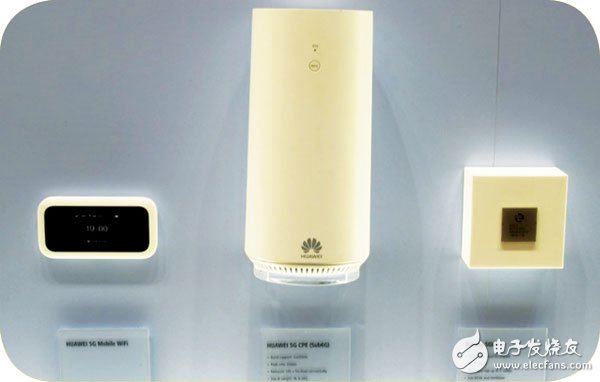
Last year MWC's 5G focused on theoretically discussing the potential applications of 5G – from large-scale broadband to critical communications and large-scale machine communications.
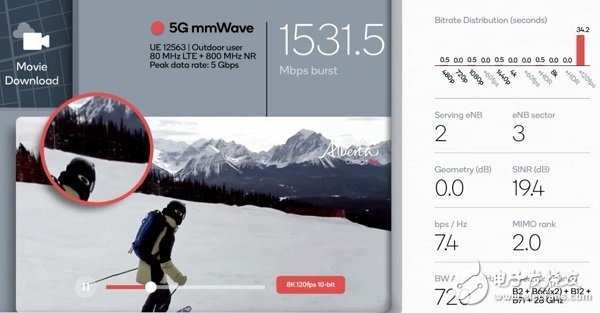
This year, Qualcomm's show will be transformed into a simulated 5G test result. The simulations model the actual situation in Frankfurt, Germany and San Francisco, USA – both cities are based on existing base station locations and spectrum allocation.
The analog foundation of San Francisco is a millimeter-wave modeling network implemented in the 800MHz, 28GHz spectrum. 4G's intermediate browsing speed is 71Mbps; in the 5G era, it will jump to 1.5Gbps. For many operators, the current 5G is a "large-bandwidth broadband" to allow faster browsing of web pages and download of 8K video.
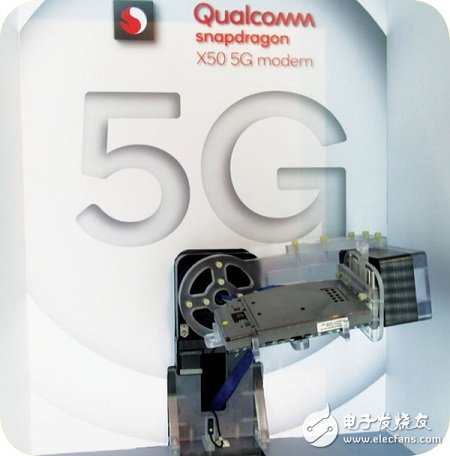
Qualcomm cited 18 major companies that will integrate their X50 dataset series in 5G mobile devices announced in 2019, including Nokia (Hokia)/HMD, Sony, Xiaomi, Oppo, Vivo, HTC, LG Companies such as Asus, ZTE, Sharp, and Fujitsu. However, in this list, the world's top three mobile phone manufacturers - Apple, Huawei and Samsung - are missing.
Intel
Intel has added 5G and antenna array designs to the back of its two-in-one "concept" PC, sparking much discussion. These two modules are not only huge, but also in an unusual position. Intel has been conducting a lot of experiments around 5G millimeter waves to try to solve this problem.
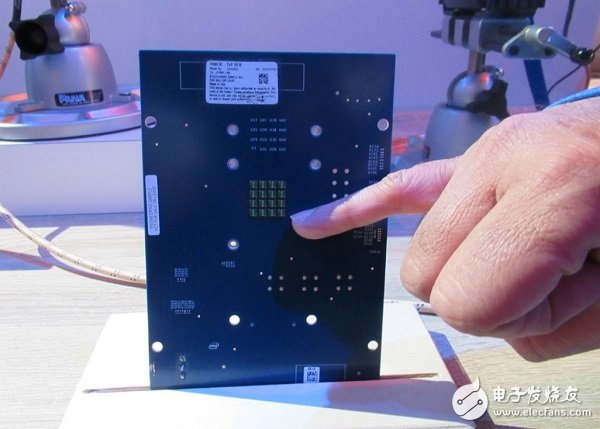
The layout of 5G millimeter wave antenna arrays will become more important in terms of 5G cellular-based vehicle-to-vehicle (V2V) and vehicle-to-infrastructure (V2I). If you just can change the weight of your hand, you can easily lose your cell phone signal. Imagine how challenging it is to perform mission-critical V2V communication at 70 mph.
Baljit Singh said that Intel built four 5G antenna array modules in the MWC vehicle - located in front of, behind and on both sides of the SUV. “Last year we worked with Docomo, Denso and Ericsson to test the 5G-based C-V2X at Tokyo Odaiba. It's going very well and we can do it very quickly.â€
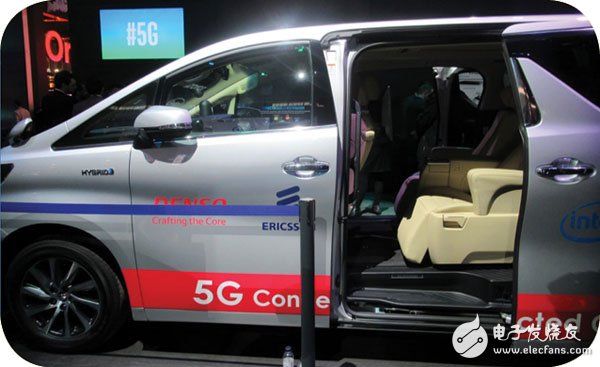
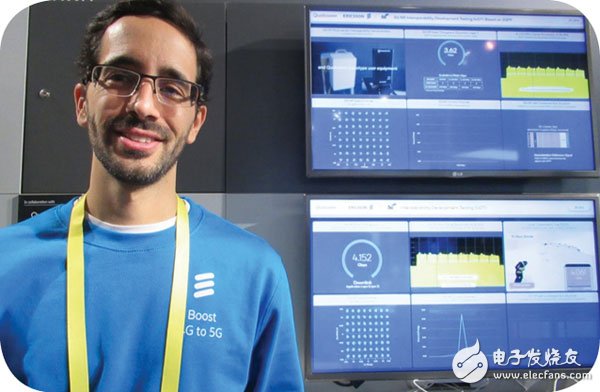
The focus on 5G is mainly on large-scale frequency bands. Takuya Shimojo, research division of NTT Docomo Intelligent ICT Platform, demonstrated the results of the Japanese operator's "5G Core" by Ericsson's booth. For example, network slicing technology is the key to implementing Internet of Things (IoT) services in 5G networks. He explained that the technology will provide connectivity over a decentralized network based on the time and location required, rather than traditionally locating network functions in a single network in a vertical packet.
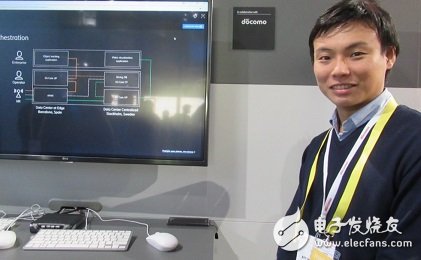
Keysight presents a small antenna measurement darkroom for 5G design. Michael Griffin pointed out that the 5G millimeter wave itself is very complicated, coupled with the coexistence of 5G NR and 2G, 3G, 4G, 802.11, and unlicensed spectrum, bringing endless combinations of various frequency bands, resulting in LTE and 5G NR. Various issues, including time calibration, power transfer, signal coordination and mobility.
Michael Griffin, strategic planning manager of Keysight's communications department, believes that in the 5G millimeter wave era, I am most afraid of not finding 5G signals...
The OTA test requires an antenna to measure the darkroom and equipment, generate a known analog millimeter wave signal for the transmitter, and then analyze the transmitted signal captured by the horn antenna. Keysight provides such test chambers for chip designers. For example, startup Movandi worked with Keysight to validate its mmWave front-end beamforming design. For Movandi, Keysight's Movandi said: "In terms of startup RFIC and beamforming antenna arrays, Movandi seems to be a few steps ahead of other companies' progress."
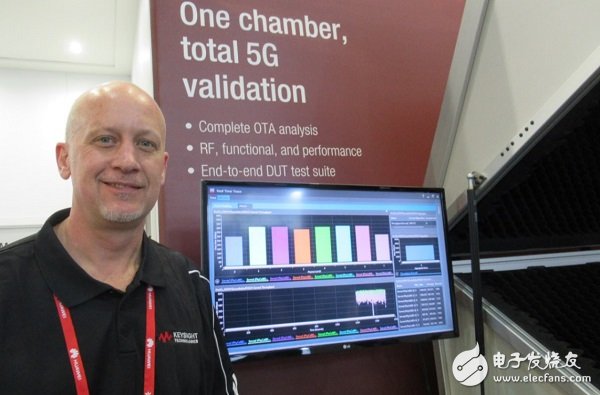
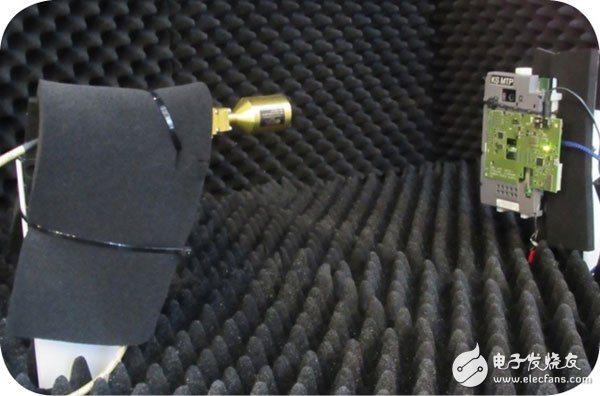
Ajit Pai, chairman of the US Federal Communications Commission (FCC), said in a speech at the MWC Development Conference that he plans to hold a millimeter wave band auction this fall. More specifically, he refers to the auction of the 28 GHz spectrum in November this year, followed by auctions for the 24 GHz spectrum.
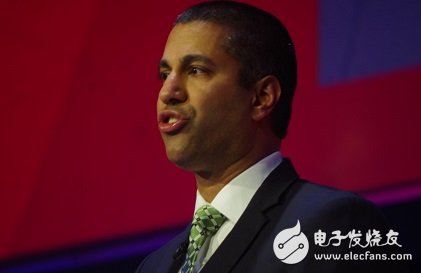
The US Congress must pass legislation before May 13 this year, and Pai warned that delays in taking action by Congress may "delay the future of 5G in the United States."
However, even failing on May 13 does not necessarily mean that the entire 5G release will come to an abrupt end. Pai's auction plan to promote the millimeter-wave spectrum seems to be affected by lobbying by major operators such as T-Mobile and AT&T – they have recently urged the committee to auction radio waves.
China Base Stations Antennas,High gain Base Stations Antennas.Factory Price Base Stations Antennas
Panel Antenna,Yagi Antenna.Directional Antenna,Parabolic Dish Antenna,parabolic grid antenna
Yetnorson Antenna Co., Ltd. , https://www.xhlantenna.com